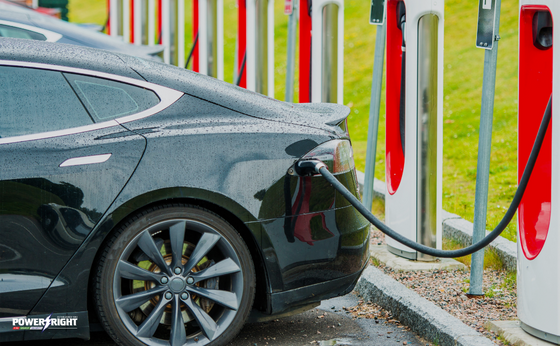
The Department of Transport in the Government of Ireland recently published its new national strategy for the development of electric car charging infrastructure, covering the crucial period up to 2025. It sets out the government’s ambitious target of nearly a million electric vehicles on Irish roads by 2030.
Ireland firmly aims to introduce a decarbonised transport system. The electric vehicle is the key part of this process. Even if someone does not yet own an EV, they may soon realise the benefits of going electric.
Although around 80% of EV charging takes place at home, one of the central issues to address is the provision of electric car charging infrastructure for EV owners who do not have this option or wish to charge on the go.
So, the strategy discusses the future demand for public EV charging by:
There are a few other technological constraints to address:
Energy Demand and Grid Capacity
The pressure on the electricity network has increased considerably in the past years and will continue to do so. It happens not only because more and more car owners choose to go electric and install EV chargers at home but also through other developments such as the mass installation of heat pumps and data centres.
Such modern advancements as smart integrated charging solutions, which allow load management and energy monitoring, can further optimise charging across the grid. Other potential initiatives that may help spread and offset the demand include, for instance, a Vehicle-to-Grid energy management system and micro-generation.
V2G means the plugged-in vehicle can feed the energy back into the grid to balance the demand. Micro-generation, in its turn, means that businesses and public spaces may generate renewable energy and power their EVs with carbon-neutral energy without putting pressure on the national electricity network.
Higher-Speed Charging Infrastructure Development
It is necessary to expand the amount of ultra-rapid and rapid charging solutions en route and at trip destinations.
Such trip locations as parks, leisure centres, supermarkets, and hotels are the areas of a private sector interest. The role of the government is to encourage and stimulate the rollout of such infrastructure by providing initial funding.
En-route infrastructure must be quick and high-powered to encourage using EVs for tourism and business trips. The Department of Transport will need to engage with energy suppliers and charge point operators to establish a coordinated approach for grid management and energy provision.
As electric car ownership continues to accelerate, the main goal of the national EV charging infrastructure strategy is to make sure that access to public EV chargers stays ahead of rising demand. It is a crucial part of Ireland’s commitment to just transition to a decarbonised transport system.